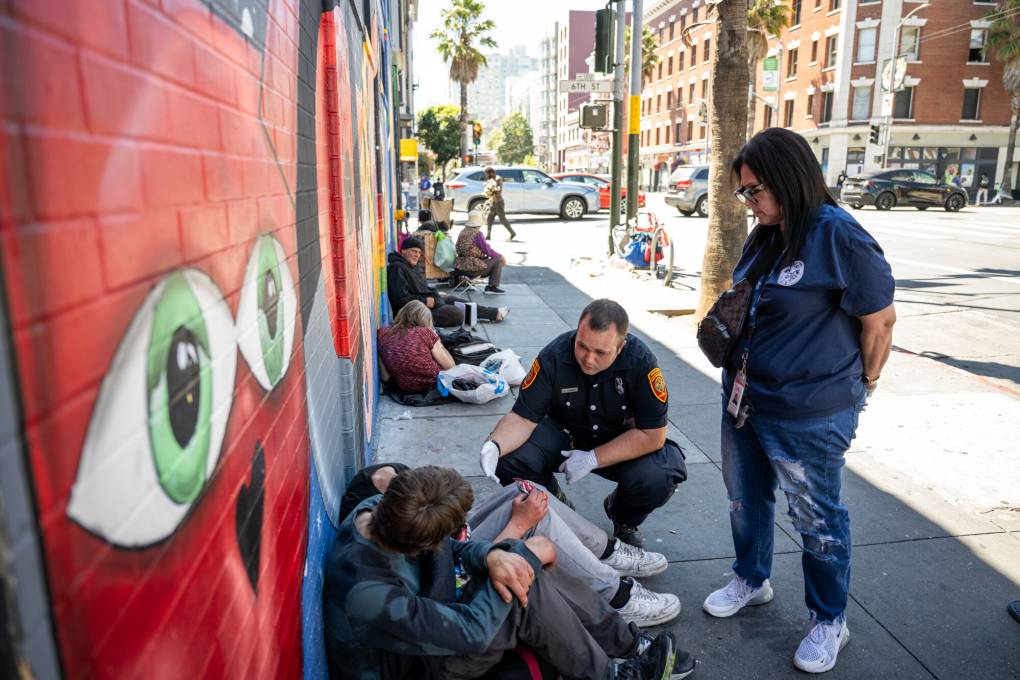“Just be aware of what you are doing,” Mercado said. “The numbers suggest that drugs right now are really lethal. Make sure you know what you’re getting into.”
Epidemiologists are still trying to determine what caused the recent spike. Some experts speculate it could be a result of multiple factors, including increased drug potency and fentanyl contamination.
Keanan Joyner, an assistant professor of psychology at UC Berkeley, said a large number of overdoses are also caused by mixing opioids with alcohol and other drugs. He urged public health officials to think about preventative measures, including more support systems for people who do consume substances.
“It’s not necessarily supporting drug use. It is not saying that it’s a good thing to do, but it is saying we don’t want people to overdose,” Joyner said. “We need more robust testing of drug supplies and a lot more funding dedicated towards supporting health and safety.”
According to Gayowski, there are several things that people can do to stay safe. For those who are struggling with addiction, following harm reduction strategies such as using test strips or having a sober buddy can be instrumental for staying safe, he added.
In Sonoma County, residents have access to free vending machines stocked with critical health supplies such as Narcan and fentanyl test strips. They are located at the Russian River Health and Wellness Center, Santa Rosa Junior College and Sonoma County Public Health Offices.
Timing is also everything, Gayowski said.
“If there’s an event where someone did overdose … call emergency responders right away,” he said. “Get someone out there. It’s precious seconds.”


